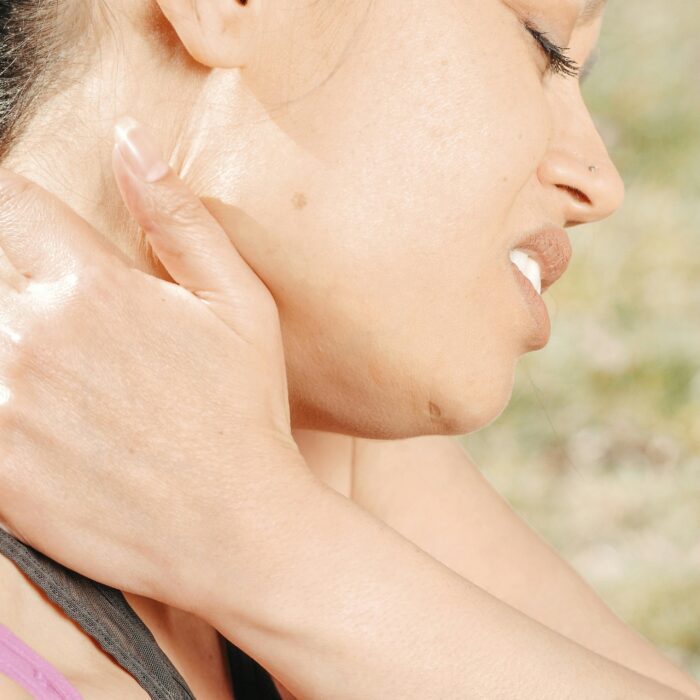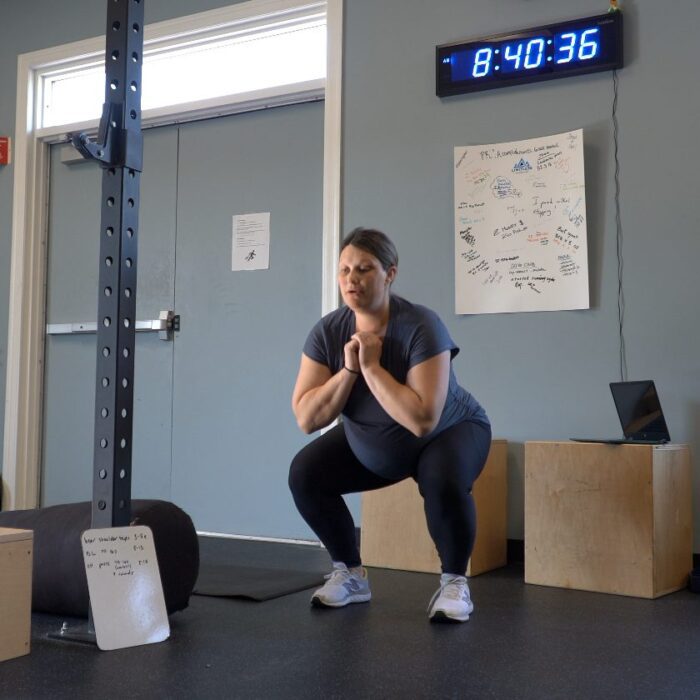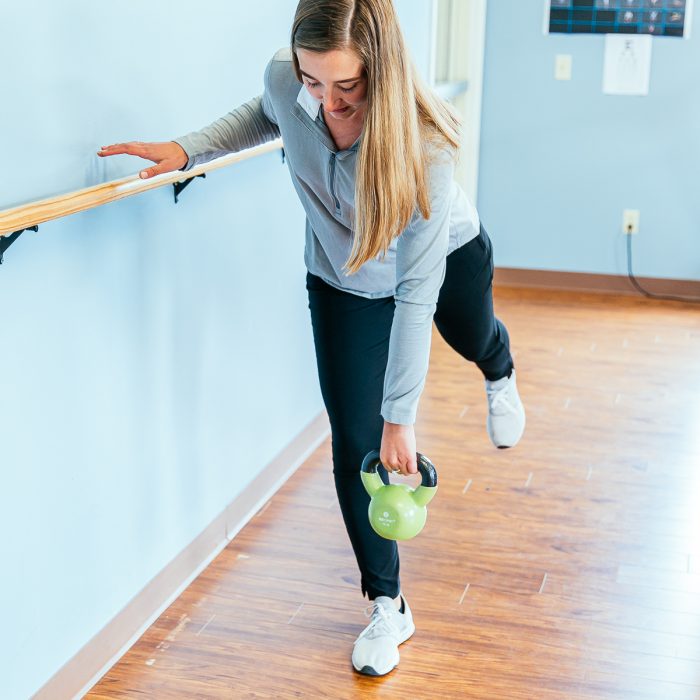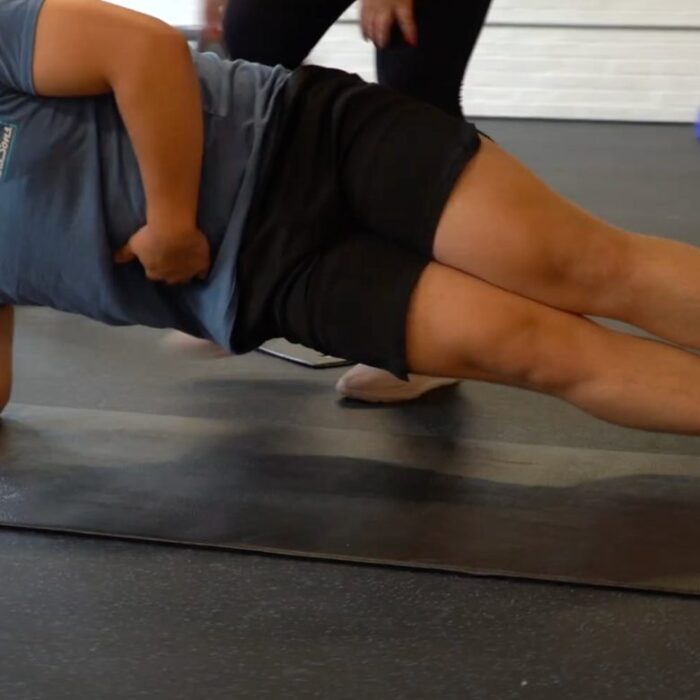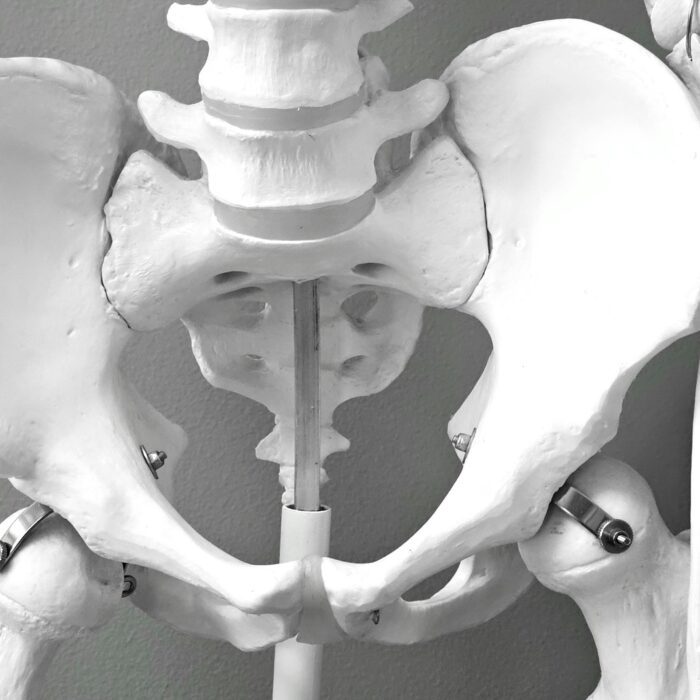Why ACL Rehab Exercises Matter
Every year, more than 200,000 ACL injuries occur in the U.S. (HSS). Most patients immediately search for “ACL physical therapy exercises” — hoping for a shortcut. The reality? Recovery depends less on finding the hardest drill and more on progressing safely at the right pace.
At Limitless Physical Therapy Specialists, we’ve treated 5,000+ athletes and active adults across Rochester, Victor, Brighton, and Greece. With over 15 years of clinical experience, we’ve learned that ACL rehab is about more than exercises — it’s about timing, progression, and confidence.
What Are ACL Physical Therapy Exercises and Why Do They Matter?
Q: What are ACL physical therapy exercises?
A: ACL physical therapy exercises are targeted movements that restore strength, stability, and function to the knee after ACL injury or surgery. They include quadriceps/hamstring strengthening, balance drills, mobility stretches, and progressive agility work (The Jackson Clinics).
Q: How do they differ from general knee therapy?
A: General knee therapy may focus on swelling and light motion. ACL rehab goes further — emphasizing dynamic stability, neuromuscular retraining, and sport readiness (OrthoKnox).
Q: Why can’t I just rest?
A: Rest alone leads to stiffness and weakness. Studies show structured rehab programs outperform unsupervised recovery in strength, stability, and return-to-sport rates (PMC).
Case Example – Brighton Clinic: One soccer athlete regained 95% quadriceps strength by month 10 and safely returned to play after passing hop and balance tests under professional guidance.
Early-Stage ACL Exercises: Building Strength After Surgery
Q: What exercises are safe in weeks 1–6?
A: Safe early-stage exercises include:
-
Quad sets (tightening the thigh muscle)
-
Heel slides (gentle knee bending)
-
Straight leg raises (lifting the leg without bending)
-
Ankle pumps (circulation booster)
-
Patellar mobilizations (preventing stiffness)
(Armor PT)
Q: What mistakes delay recovery?
A: Pushing into pain, skipping swelling control, and trying high-impact drills too soon. These errors increase graft strain and slow healing (PubMed).
Q: What milestones should be achieved by week 6?
A:
-
Full knee extension
-
Independent walking with normal gait
-
Straight leg raises without lag
-
Pain/swelling under control
Patient Insight – Victor Clinic: A runner surprised herself by walking without crutches by week 4 thanks to consistent quad activation exercises.
Advanced ACL Physical Therapy Exercises for Athletes Returning to Sport
Q: What advanced ACL exercises help athletes return?
A:
-
Plyometrics: Box jumps, jump squats, single-leg hops
-
Agility drills: Cone and ladder drills, directional changes
-
Balance training: Single-leg stance, wobble board drills
(Jeremy Burnham, MD)
Q: What clearance benchmarks are required?
A:
-
Quadriceps strength ≥ 90–100% of opposite leg
-
Full, pain-free range of motion
-
Passing hop/balance tests
-
Controlled jumping and cutting mechanics (E3 Rehab)
Q: What happens if you return too early?
A: Athletes who return before 9 months face a 7x higher re-injury risk (IJSPS).
Case Example – Greece Clinic: A basketball player delayed return from 6 to 9 months, gaining strength from 75% → 95% of his uninjured side — avoiding a second injury and returning confidently.
ACL Rehab Timeline: How Long Until You’re Back on the Field?
Q: How long does ACL rehab take?
A: Most patients return to sport in 9–12 months, depending on age, graft type, and rehab consistency (HSS).
Comparison Table: ACL Rehab Timeline
| Stage | Timeframe | Focus | Milestones |
|---|---|---|---|
| Early | 0–1 mo | Pain/swelling control, quad activation | Walking with crutches, full extension |
| Mid | 2–3 mo | Strength + mobility | Near full ROM, light jogging |
| Progression | 4–6 mo | Plyometrics + sport drills | 90% quad strength, running, agility |
| Return | 9–12 mo | Full clearance | Passing functional tests, return to sport |
Q: What percentage of athletes return successfully?
A: 70–80% of athletes return to their previous level of sport after ACL surgery (PMC).
Case Example – Cortland Clinic: A 24-year-old lacrosse player returned to full play at 11 months, meeting every test benchmark and overcoming fear of re-injury through structured progression.
Why Professional Guidance Matters
Q: Can I just follow YouTube exercises?
A: No — while videos show movements, they don’t adapt to your swelling, pain, or sport demands. PT-guided programs reduce reinjury risk and improve outcomes.
At Limitless PT, our specialists in Rochester, Victor, Brighton, and Greece tailor rehab to your sport, goals, and readiness. From your first quad set to your return-to-play clearance, we guide every step.
FAQ
Q: How long does ACL rehab take?
A: Most patients return to sport in 9–12 months with structured physical therapy.
Q: What are safe ACL physical therapy exercises in the first month?
A: Quad sets, heel slides, ankle pumps, and straight leg raises.
Q: When can I return to sports after ACL surgery?
A: Athletes are usually cleared at 9–12 months once strength and balance benchmarks are met.
Q: Does Limitless PT offer ACL rehab near me?
A: Yes. We offer ACL physical therapy at clinics in Victor, Brighton, Greece, and Cortland, NY.
Recovery from ACL surgery requires the right ACL physical therapy exercises, guided at the right time.
📞 Contact Limitless Physical Therapy today at:
-
Victor: (585) 869-5140
-
Brighton: (585) 473-1290
-
Greece: (585) 910-2242
-
Cortland: (607) 408-5200
Or visit limitlesspts.com to schedule your consultation.
Ready to live a life without limits? Let’s get you back to the sports and activities you love.

